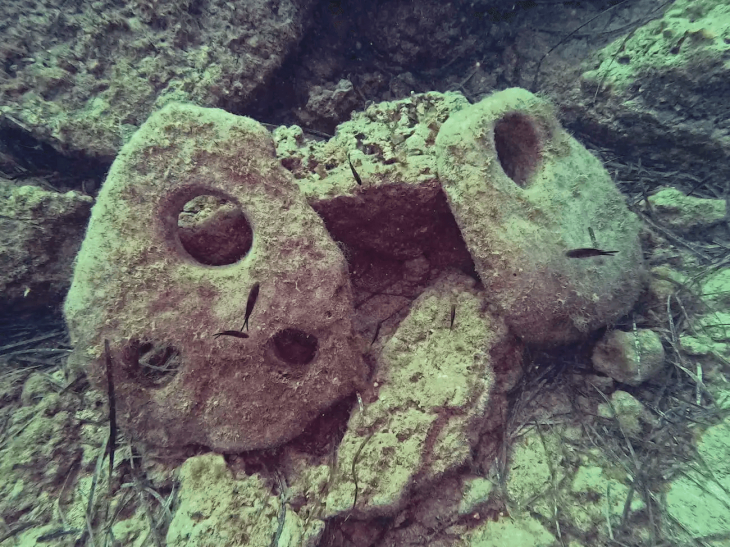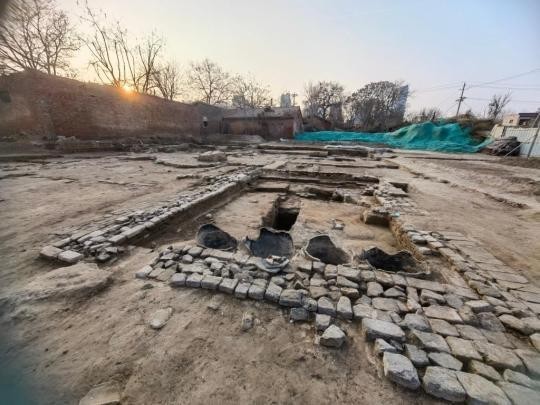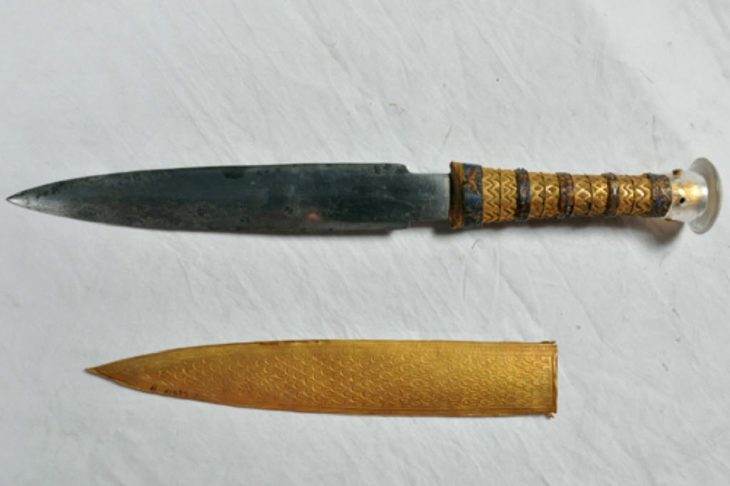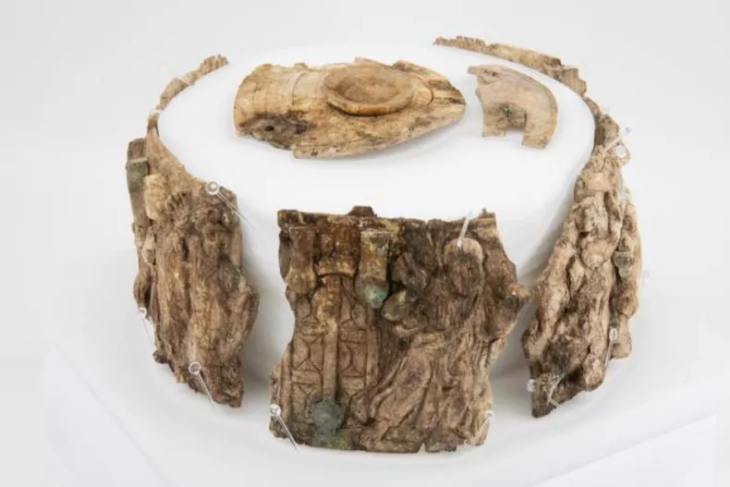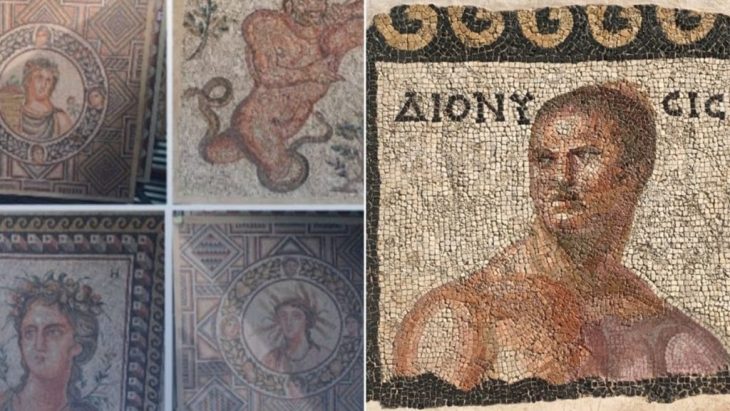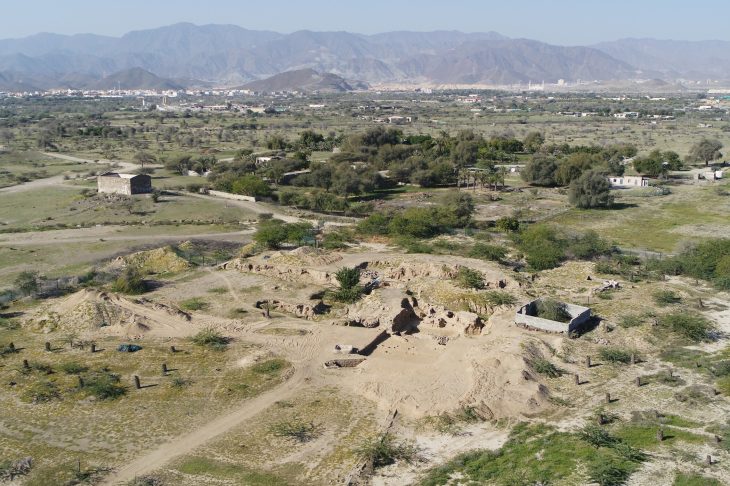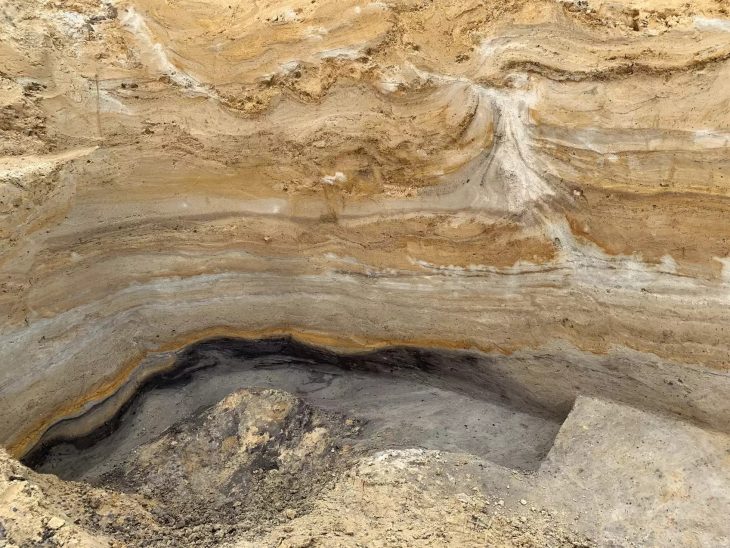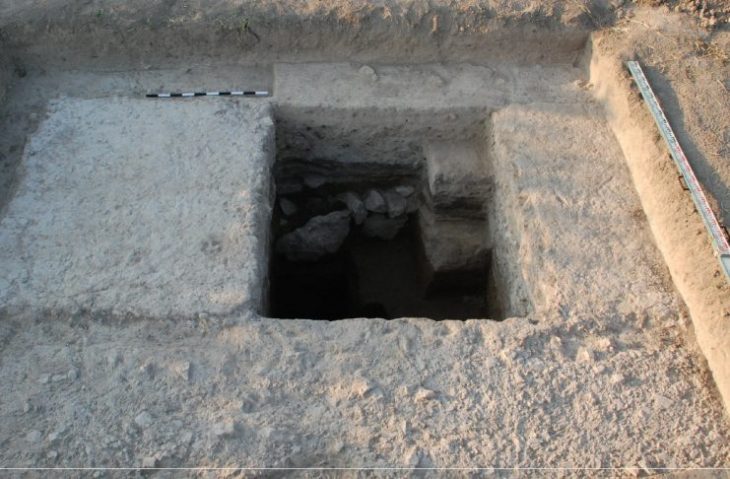Archaeologists from the National Institute of Anthropology and History (INAH) have unearthed a very special votive offering during excavations at Temple “I,” also known as the Great Basement, within the Tlatelolco archaeological zone in present-day Mexico City.
The offering, which was found inside a stone box or cist, contains copal blocks and a sizable assortment of different types of obsidian knives.
The finding provides invaluable insights into the ceremonial practices of the Tlatelolca people between 1375 and 1418 AD. This amazing discovery comes just in time for the 80th anniversary of discoveries at the Tlatelolco Archaeological Zone, which is situated right in the heart of modern-day Mexico City.
The Mexica city of Tlatelolco was founded in 1338 when a group broke away from Tenochtitlan and settled on an island to the north. This zone, once a pre-Columbian altepetl or city-state, was inhabited by the Tlatelolca people, who were Mexica Nahuatl-speaking and settled in the region during the 13th century. It remained independent until 1473 when it became dependent on Tenochtitlán after conflicts.
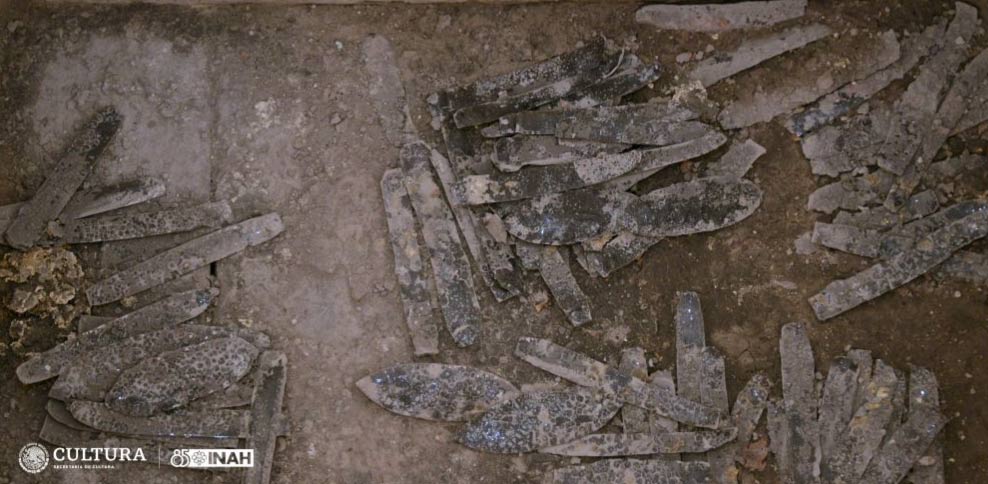
Archaeologists Francisco Javier Laue Padilla and Paola Silva Álvarez discovered the offering while investigating a crack near the central altar of the Great Basement.
The find consists of a stone box containing ceremonial offerings placed between CE 1375 and 1418 to consecrate an architectural expansion of Temple “I”, also known as the Great Basement. Archaeologists discovered 59 pocket knives, 7 obsidian knives, and copal blocks inside the stone box. These objects were used by Tlatelolca priests and high-ranking officials for self-sacrifice.
In the INAH announcement, Salvador Guilliem Arroyo, the project director, emphasized the significance of the Great Basement, believed to be analogous to the House of the Tenochca Eagles of Tenochtitlan, and dedicated to Tezcatlipoca, the “lord of the smoking obsidian mirror”, a major, if not the primary Aztec god.
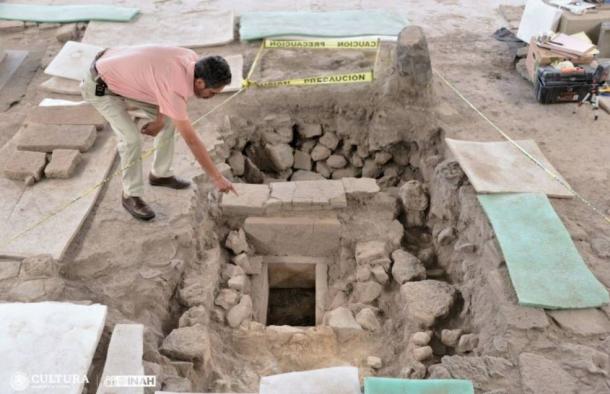
Every component in the offering box has great symbolic significance and may be connected to gods like Tezcatlipoca. The thorough examination of these artifacts will deepen our comprehension of the Tlatelolca people’s ceremonial customs and the immensely rich and varied Mesoamerican pantheon.
This important discovery is part of the conservation efforts of the Tlatelolco Project’s conservation efforts, which were started in 1987 by archaeologist Eduardo Matos Moctezuma. Using archeological remnants, the project seeks to compare Tlatelolco with Tenochtitlan, its sister city.
Cover Photo: Mauricio Marat/INAH


